Cooler-Packing Strategies: Do YOU Know Them?
So much of my writing for you comes as a result of personal experiences—some great and some pretty bad.
Take packing a cooler. Maybe you have this skill nailed. I can’t say I do, though. Too many of our picnics have featured smashed sandwiches or food that shouldn’t have warmed up over the course of the day, but did.

ANYway, that’s me airing my dirty underwear. Maybe a Cook’n reader or two can relate. If so, here’s what I discovered recently about how to avoid these and other picnic cooler malfunctions. I’ll quote the pros at America’s Test Kitchen (ATK). While testing different coolers, they thought to put together a list of DOs and DON’Ts for cooler packing as well. I owe them…
Turns out, there's some strategy involved in packing a cooler. Use these tips to do it more effectively:
START WITH A QUALITY COOLER. The ATK testers say you get what you pay for in the cooler realm. The one they found lived up to all their standards was the Yeti Tundra 45, but it costs about $375. I would never spend that, but some of you might.
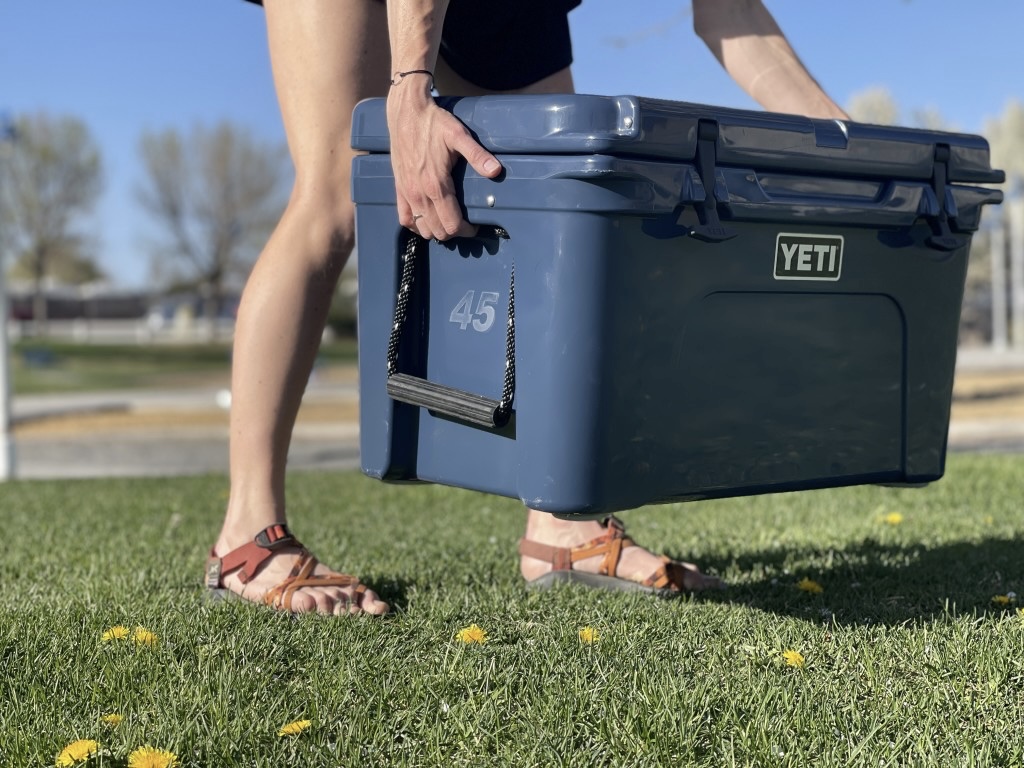
A less expensive alternative, they also recommended? The Coleman 50 QT Xtreme Wheeled Cooler. It’s lightweight and is perfectly suitable for a casual weekend or occasional beach trips.,
Lastly, they applauded the even easier-to-carry option—a soft cooler, the Engel HD20 22qt Heavy-Duty Soft Sided Cooler Tote Bag. It aced all of their tests, and even kept ice frozen for three full days.
NEXT, CHILL YOUR COOLER BEFORE YOU USE IT. This was revolutionary news to me. I’m curious as to how many of you knew to do this? The ATK testers said that “If you don’t have a fridge big enough to fit your cooler [ME: WHO DOES?], at the very least, move it to a cool place in your house or garage. If it’s a particularly hot day, you can fill it with an ice bath and pour it out before you’re ready to start filling it up.”
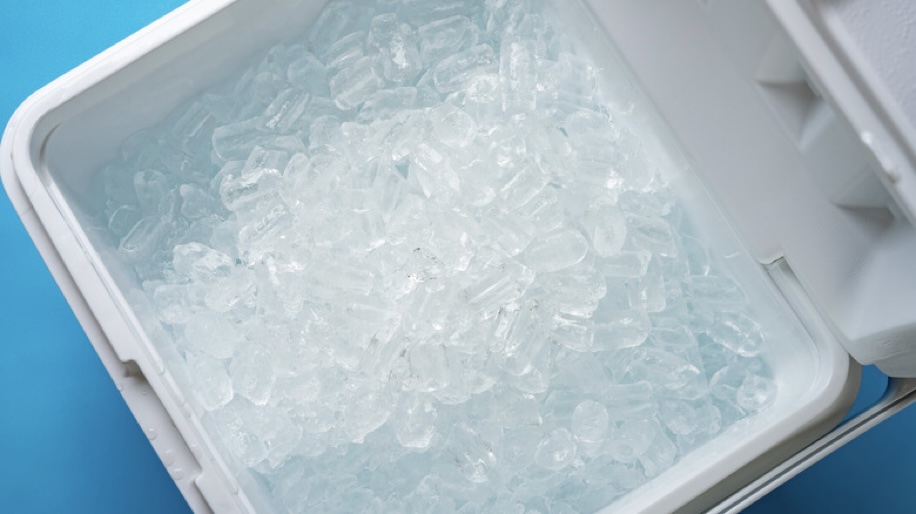
THEN, PRECHILL YOUR ITEMS. This makes sense, right? Everything will stay colder if it’s prechilled.
CHOOSE THE ICE PACK THAT’S BEST FOR YOU. The Testers found that ultimately, if you don’t mind the cleanup and have time to go to the store, plain ice will do a good job of keeping the contents of your cooler cold (loose ice cubes can snugly surround the contents of a cooler the way rigid ice packs can’t).
But if you’re looking for a reusable option that won’t leave your cooler dripping wet, go for hard-sided ice packs. Their favorite is the Arctic Ice Alaskan Series, X-Large, which keeps a 38-quart cooler chilly for 14 hours, doesn’t form bulges as it freezes, has a convenient handle, and can be reused over and over to maximize savings.
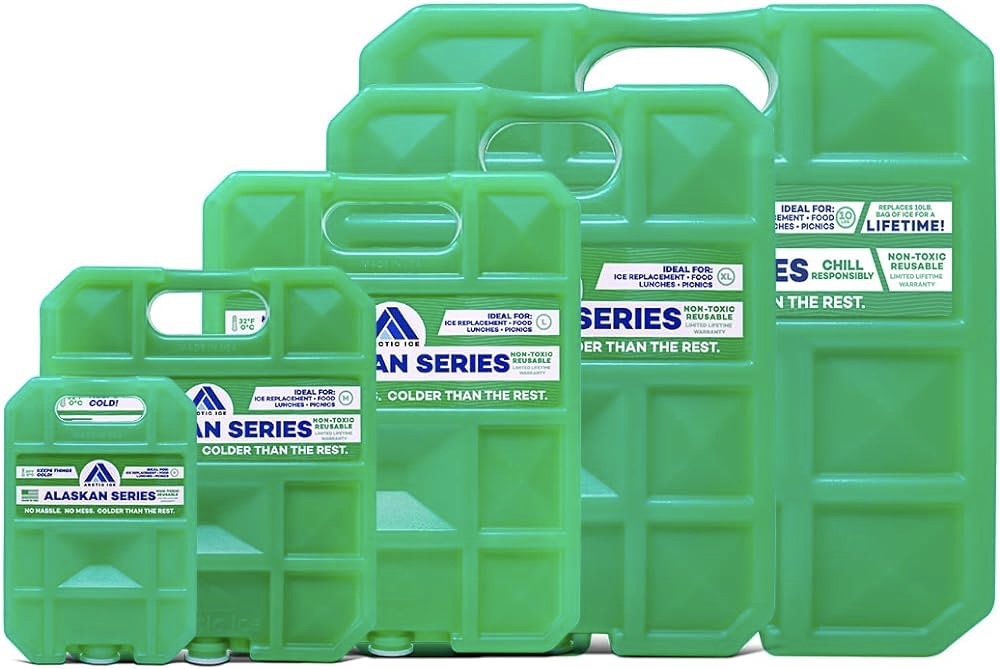
ADD ANOTHER TIER TO YOUR COOLER. Small stackable shelves typically used to add extra tiers to cabinets also work in coolers. They’re great for raising foods such as cheese, fruits, or sandwiches to prevent them from getting wet in melting ice; they can also be used to keep beverages separate.
FILL THE COOLER TO THE BRIM. The more contents inside the cooler, the colder it all stays. Basically, try to use the cooler that best fits your haul.
For ultimate ice retention, manufacturers recommended filling the cooler with ⅔ ice and stuffing the rest with food and beverages. If you’re looking to keep items cold for a few days, place ice packs or ice on the bottom of the cooler, then fill in the gaps with ice cubes.
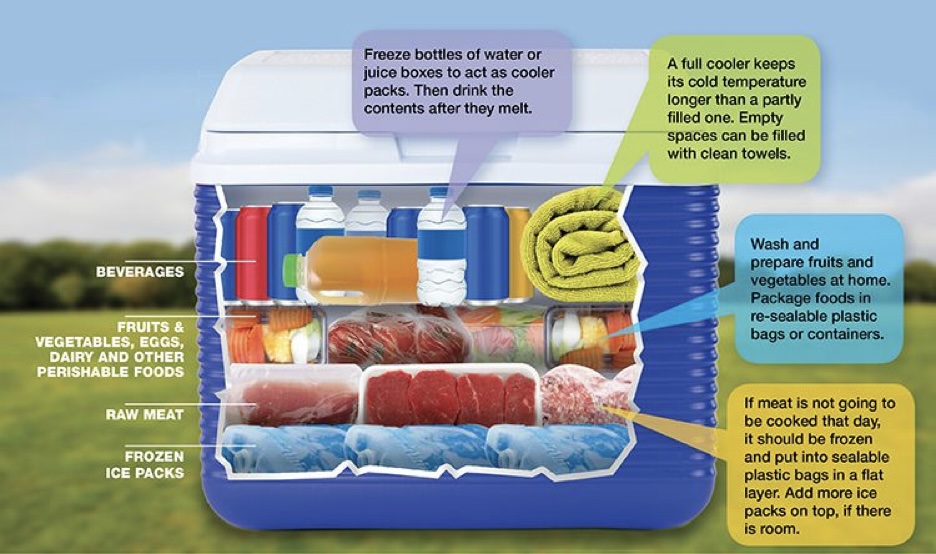
ORGANIZE YOUR PACKING. Keep similar foods together: snacks in one section of the cooler, sandwiches in another. Foods with meat in one section, vegetarian stuff in another. Or establish your own groupings that make sense for you and your crew. The bottom line? If you know where everything is, you’ll find what you’re looking for far more easily, meaning the cooler won’t need to be open as long.
USE LEAKPROOF, STACKABLE CONTAINERS. Often, we drag or roll our cooler over uneven ground. No matter how jostled it gets, leakproof and stackable containers stay closed in your cooler. And being lightweight, they won’t add extra weight.
POSITION YOUR COOLER IN A COOL OR SHADY LOCATION. This is important, since even the best cooler plopped in the sun will heat up rapidly.
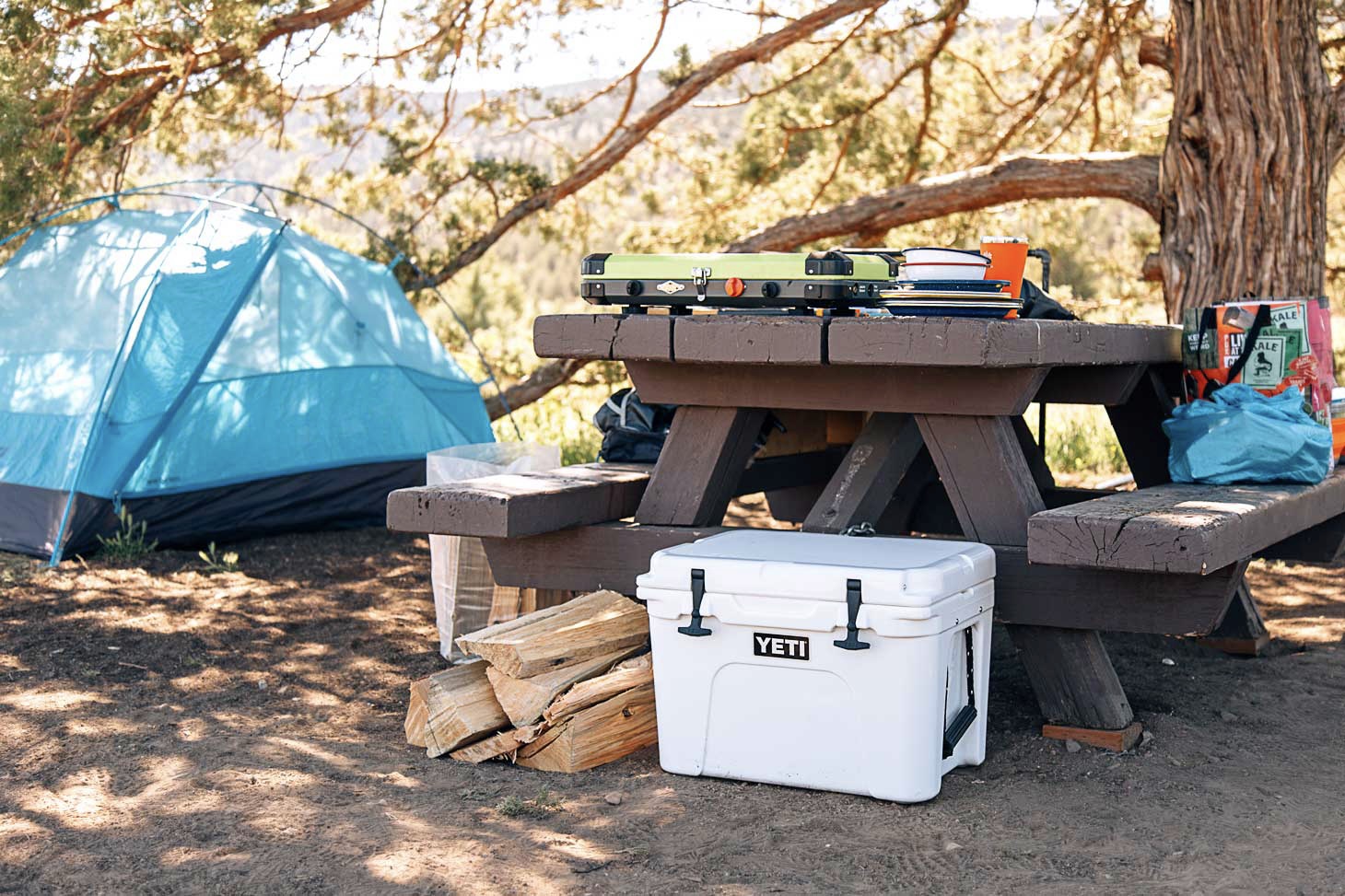
KEEP IT CLOSED AS MUCH AS POSSIBLE. With each opening, cool air escapes. So only open it when you really need something.
 Alice Osborne
Alice Osborne
Weekly Newsletter Contributor since 2006
Email the author! alice@dvo.com
